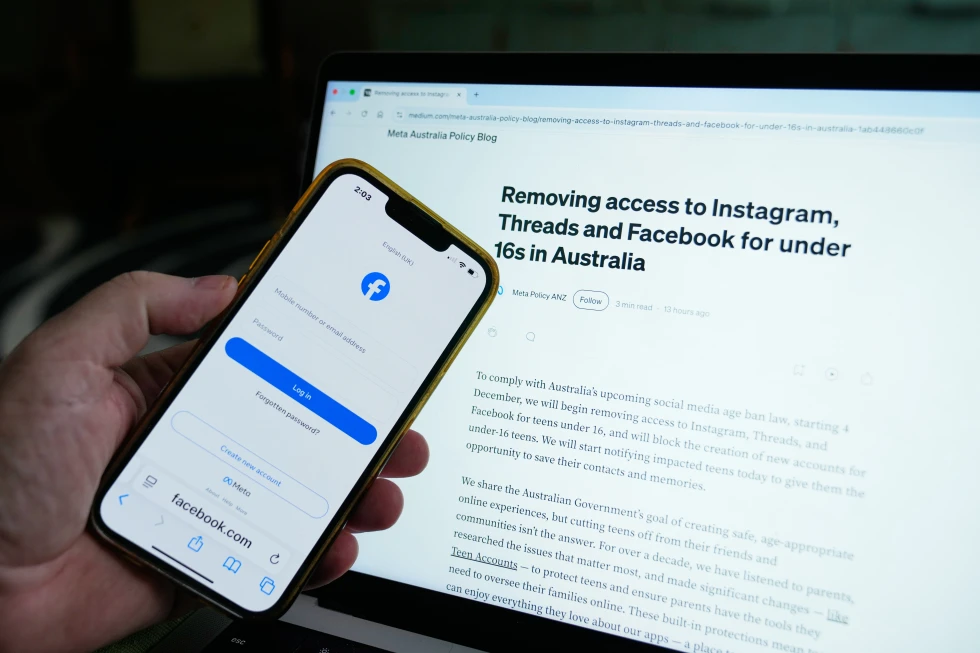Bitcoin just notched a fresh all-time high at $124,688, lifting its market cap above $2.47 trillion. Cue the victory laps, the bubble talk, and the never-ending “Is it risk-on or risk-off?” debate. BlackRock’s take: neither. The world’s largest asset manager now calls bitcoin a “unique diversifier.” That label, more than the price print, is the headline.
Let’s get this out of the way: bitcoin isn’t a currency, and it’s not going to become one as originally pitched. A decentralized medium of exchange is a lovely idea, but no government—left, right, or somewhere in between — is going to hand over control of monetary and fiscal policy to an algorithm.
History backs that up. In the Great Depression, the US dollar was tied to gold. When policymakers needed freedom to act, FDR’s Executive Order 6102 forced Americans to turn in their gold at below-market prices. Compared with that, banning or throttling bitcoin would be politically simple.
But that doesn’t make bitcoin worthless — because it’s not competing with paper money. It’s competing with insurance against paper money.
This is the real story behind the latest rally: bitcoin is maturing from “speculative toy” to portfolio hedge in the eyes of big money.
- Low correlation: Bitcoin tends to zig when traditional assets zag, giving it genuine diversification punch.
- Jurisdiction-free: It’s not tied to any single central bank or politics cycle, which appeals when the macro gets weird.
- Crisis behavior: Since 2020, bitcoin has risen in six out of six major global shocks within 60 days—more often, and at a higher clip, than gold. As BlackRock analysts put it, after big risk-off events, bitcoin often snaps back quickly and then rallies further as investors reassess its fundamentals.
So even if it never buys your coffee, bitcoin can still carry weight as a “unique diversifier,” a store-of-value proxy, or digital cousin to gold.
Gold isn’t legal tender (in most places), you can’t tap to pay with it, and industrial/jewelry use is just a sliver of demand. Yet private investors, institutions, and central banks still hold roughly $26 trillion of the stuff — “just in case.” Bitcoin’s pitch rhymes with that logic, only with instant settlement and global portability.
What’s fueling this leg higher
- Flows & adoption: Institutional demand keeps deepening, and crypto is more connected to mainstream finance than ever.
- Seasonality: October and November have historically been strong months for BTC.
- Macro tailwinds: A softer dollar and policy uncertainty can nudge allocators toward non-sovereign assets.
- Follow-through across crypto: Ethereum hovered near $4,650 (up ~11% on the week). Crypto stocks and miners caught a bid, and trading platforms rose as volumes picked up.
Year to date, bitcoin’s up ~33%, and the momentum crowd is back to watching the charts: short, sharp pullbacks, quick recoveries, and fresh highs.
What matters next (beyond the ticker)
- Institutional behavior: Are pensions, endowments, and insurers inching from “pilot” to “policy” allocations?
- Correlation regime: Diversifiers only help if they stay diversifiers. Watch how BTC trades during equity stress.
- Policy risk: Governments won’t adopt bitcoin as money — but they can shape rails (tax, custody, KYC) that affect demand.
- Narrative discipline: “Digital gold” is a sturdier story than “everyday money.” The more investors lean into that, the stickier allocations become.
The new high is fun. The re-rating is the news. If large allocators keep treating bitcoin as insurance against the system rather than a replacement for it, price milestones will be footnotes to a bigger shift: bitcoin graduating from fringe speculation to a durable slot in diversified portfolios.
Investor’s Business Daily, Reuters, and Forbes contributed to this report.










The latest news in your social feeds
Subscribe to our social media platforms to stay tuned